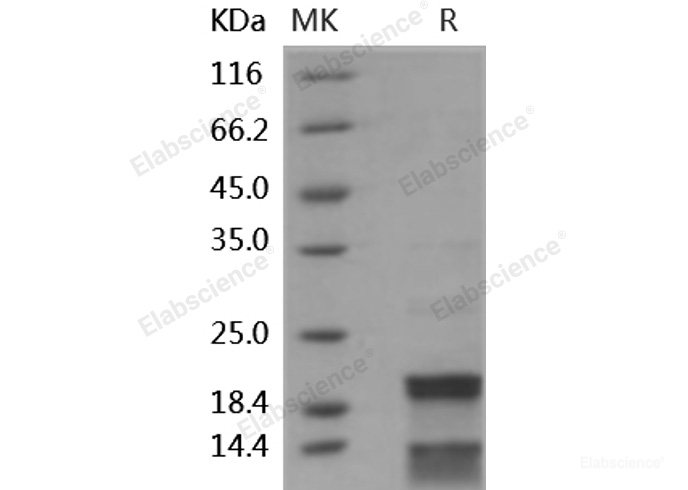Background
Caspase 7, also known as caspase-7 and MCH3, belongs to the cysteine-aspartic acid protease (caspase) family. Caspases play a role in the signal transduction pathways of apoptosis, necrosis and inflammation. There are two major classes of caspases: initiators and effectors. The initiator isoforms (caspases-1,-4,-5,-8,-9,-10,-11,-12) are activated by, and interact with, upstream adaptor molecules through protein-protein interaction domains known as CARD and DED. Effector caspases (-3,-6,-7) are responsible for cleaving downstream substrates and are sometimes referred to as the executioner caspases. Caspase 7 exists in lung, skeletal muscle, liver, kidney, spleen and heart, and moderately in testis. Caspase 7 cannot be detected in the brain. Caspase 7 functions in the activation cascade of caspases responsible for apoptosis execution. It cleaves and activates sterol regulatory element binding proteins (SREBPs). It proteolytically cleaves poly(ADP-ribose) polymerase (PARP) at a '216-Asp- -Gly-217' bond. Overexpression promotes programmed cell death.







